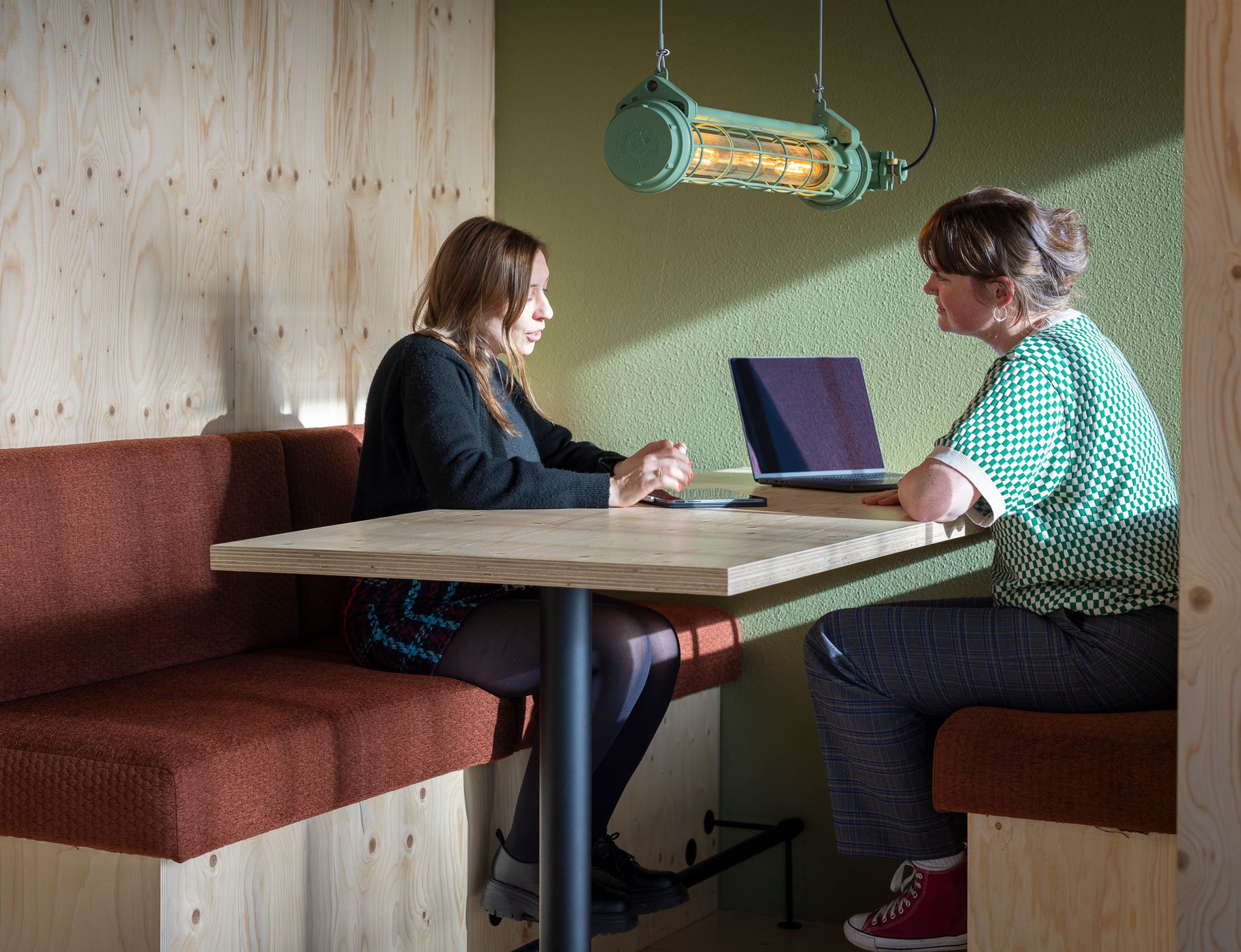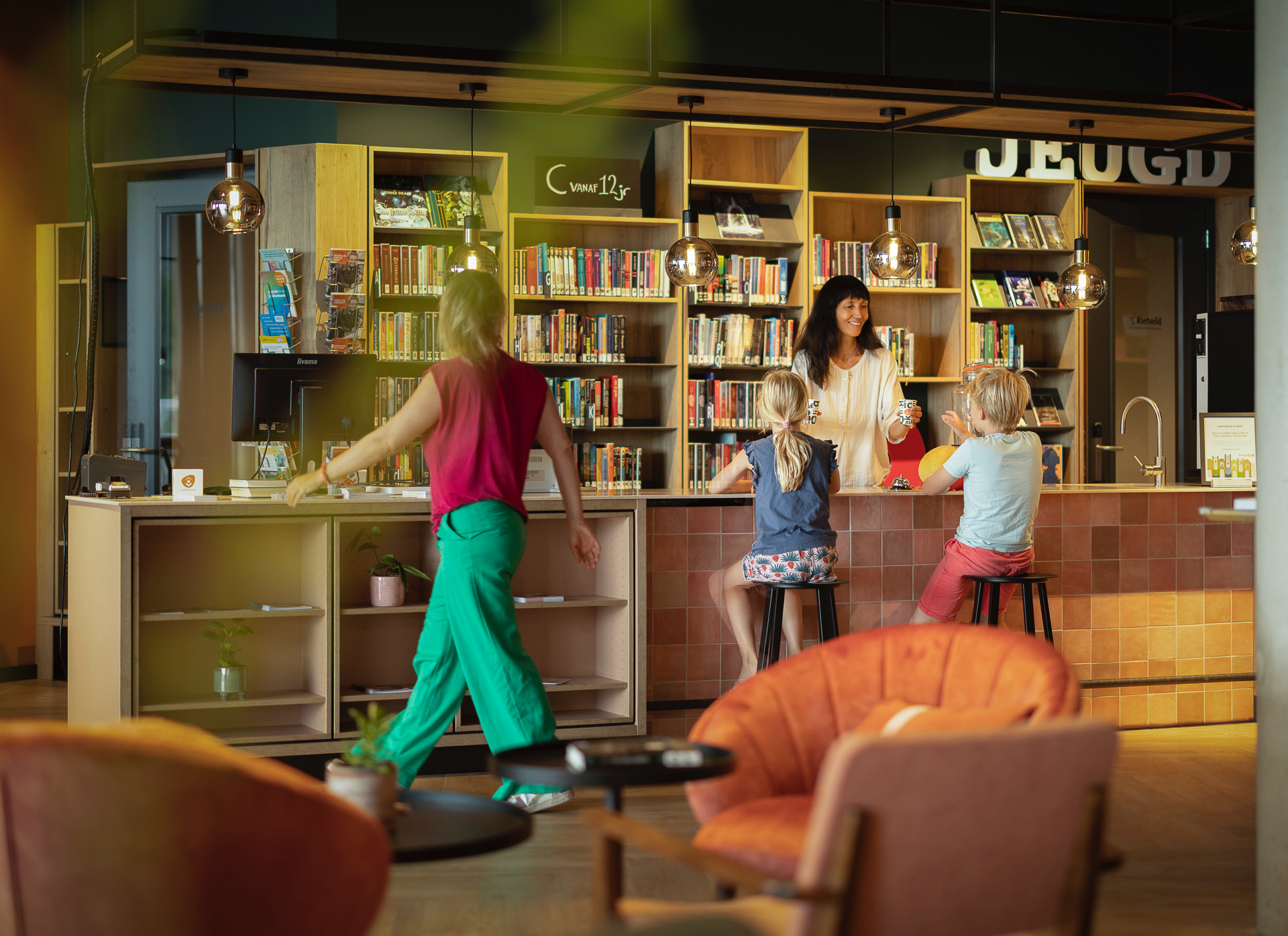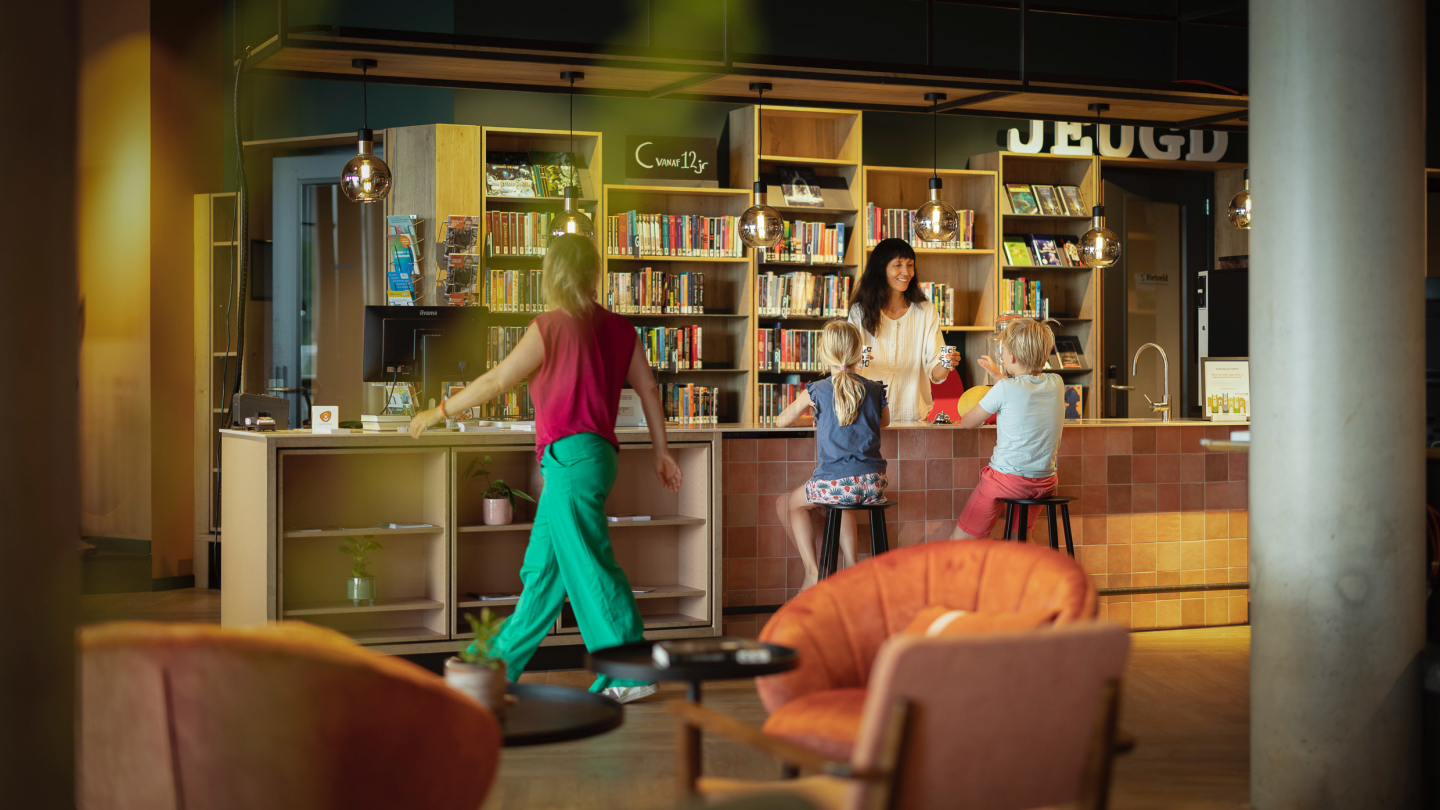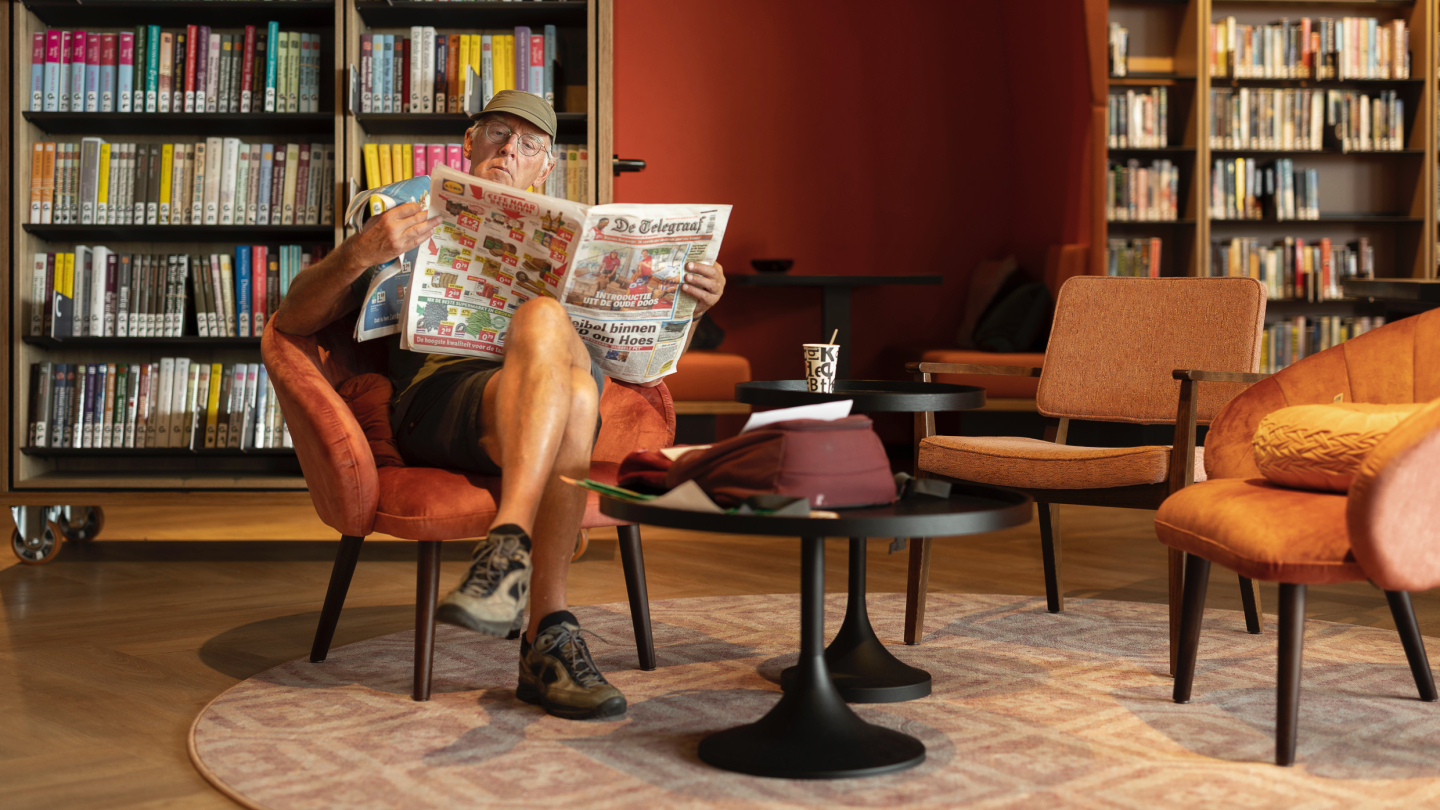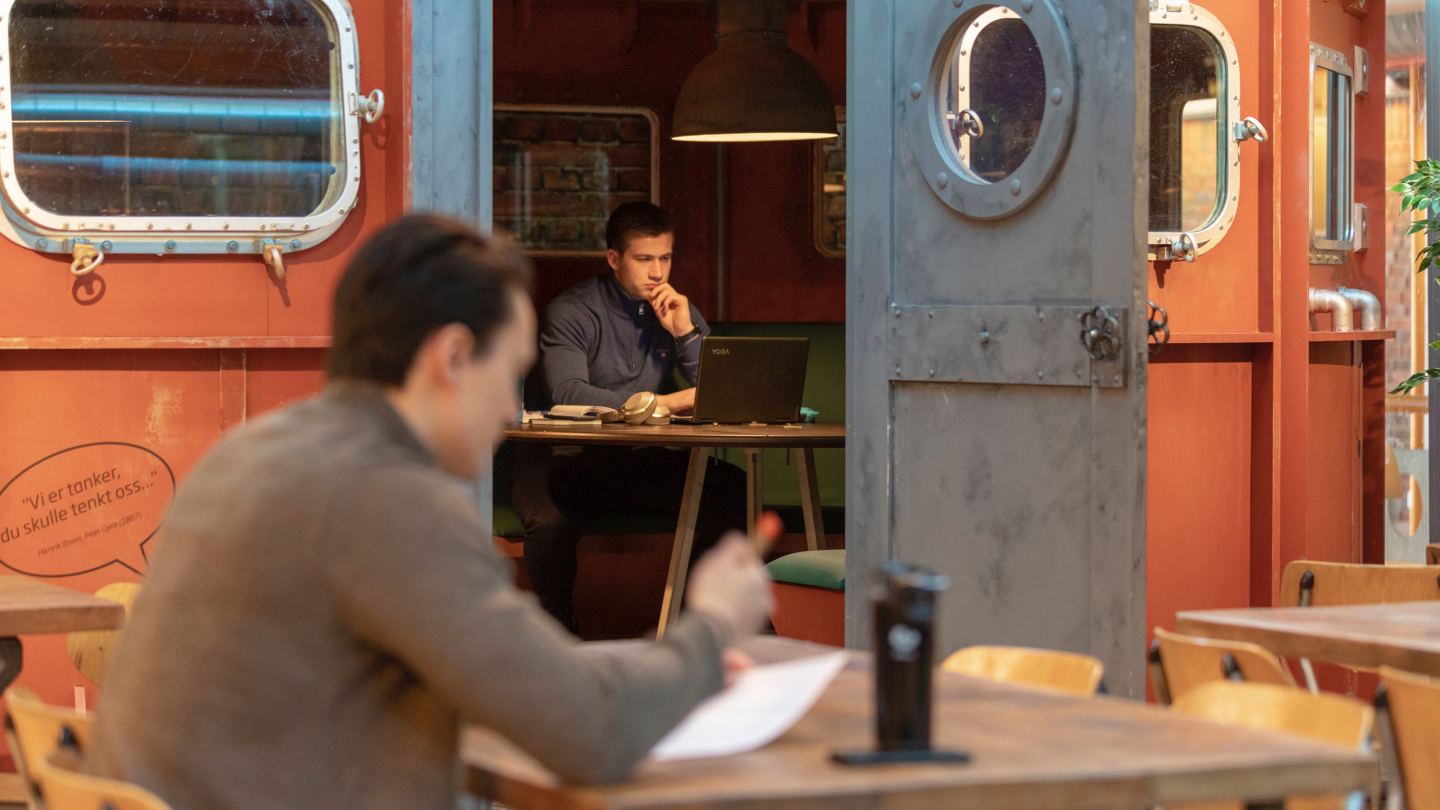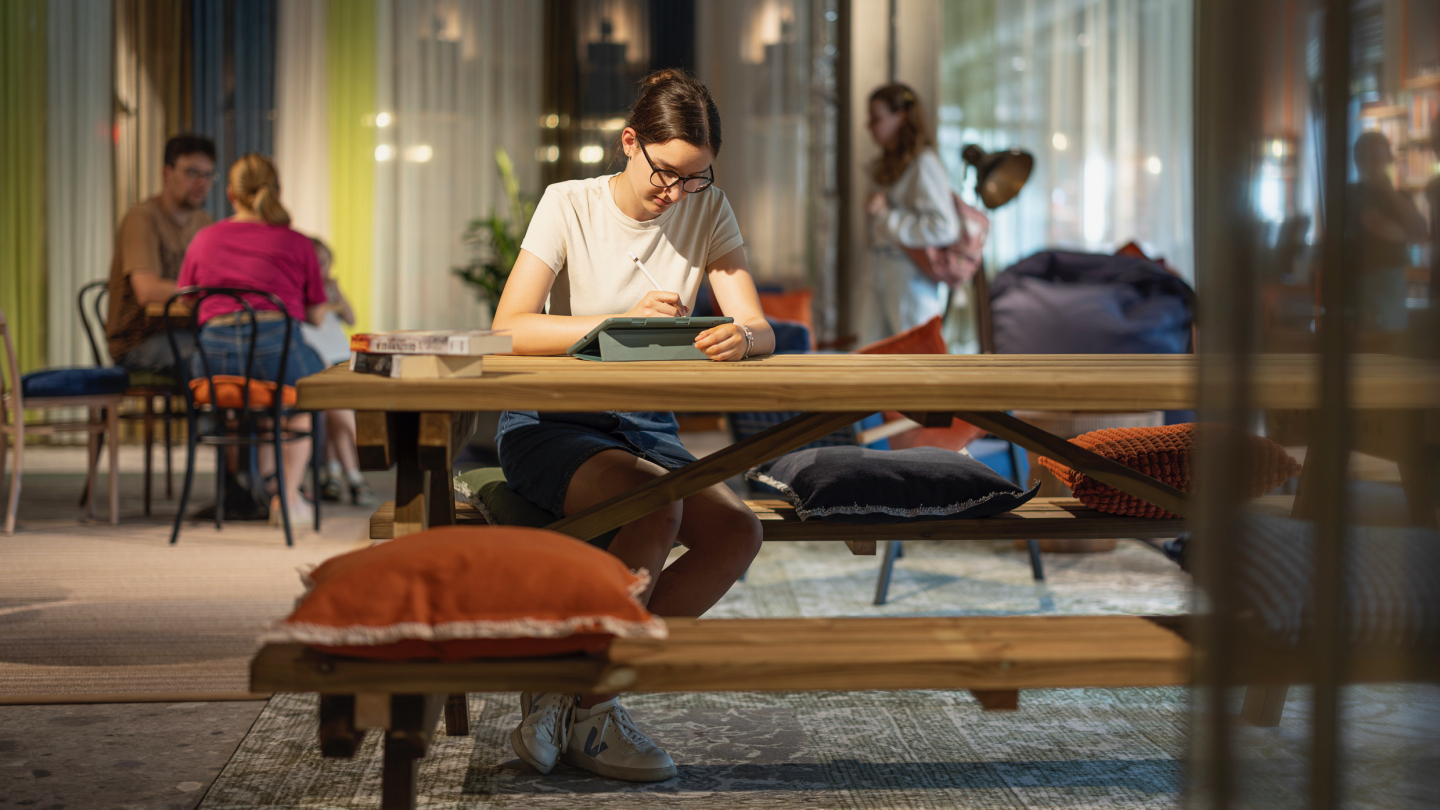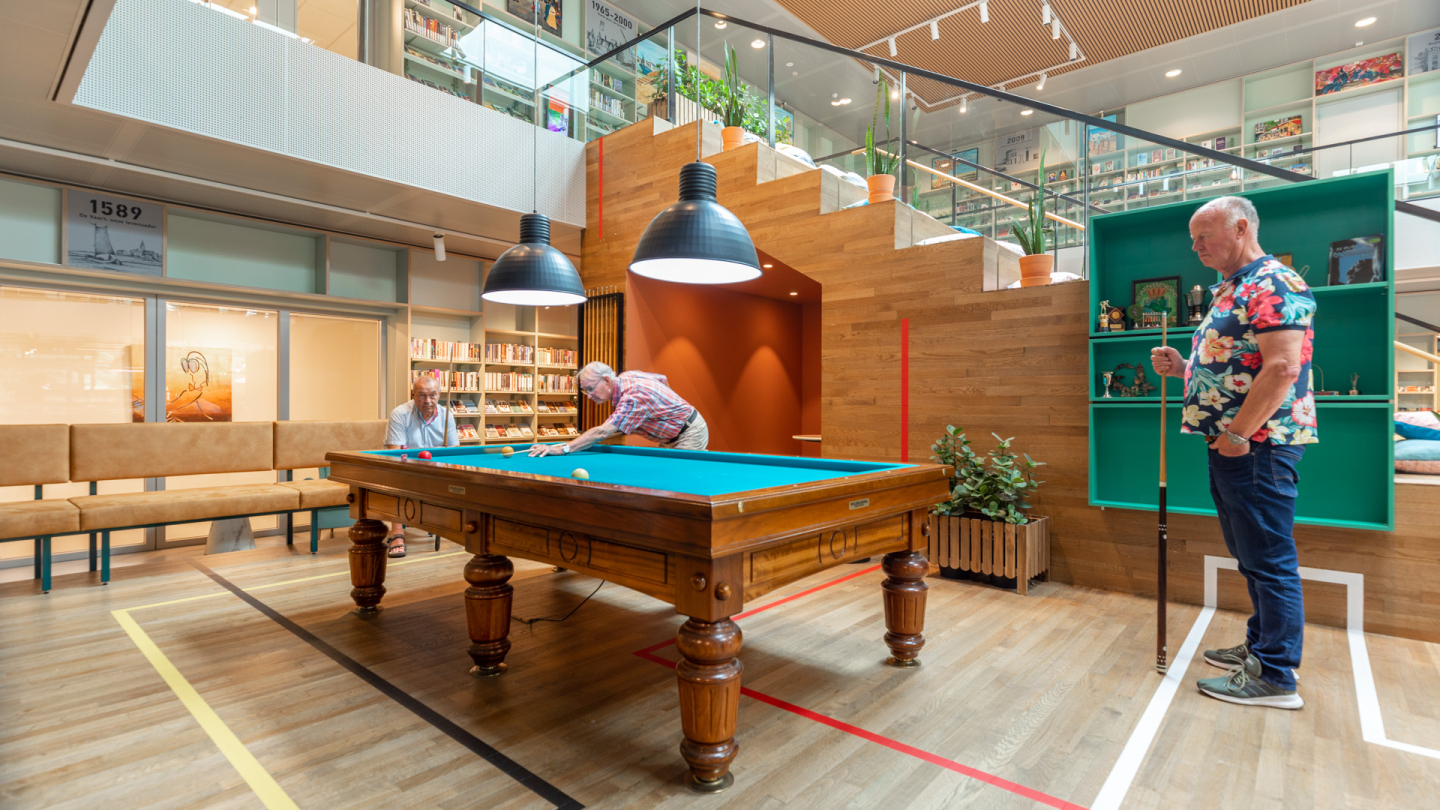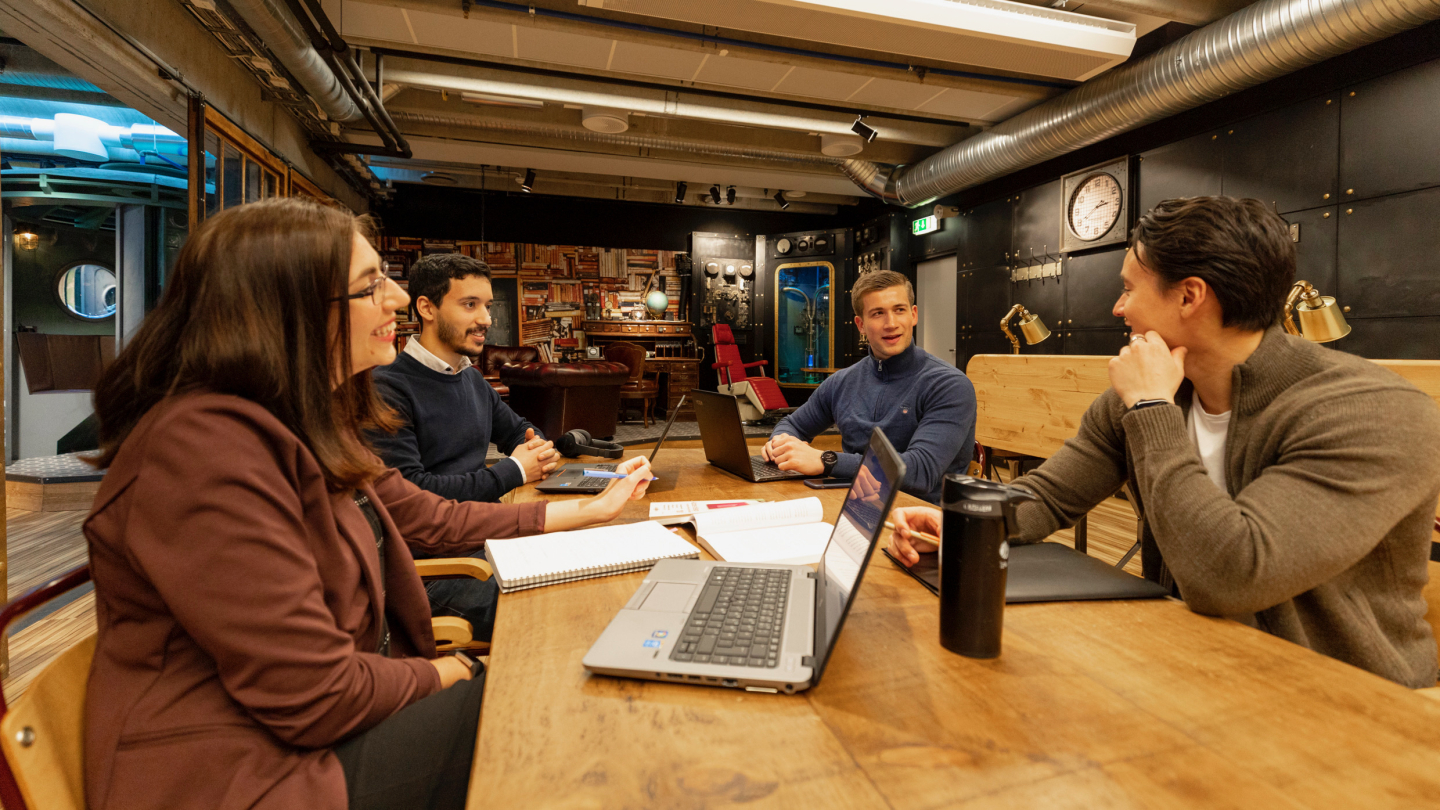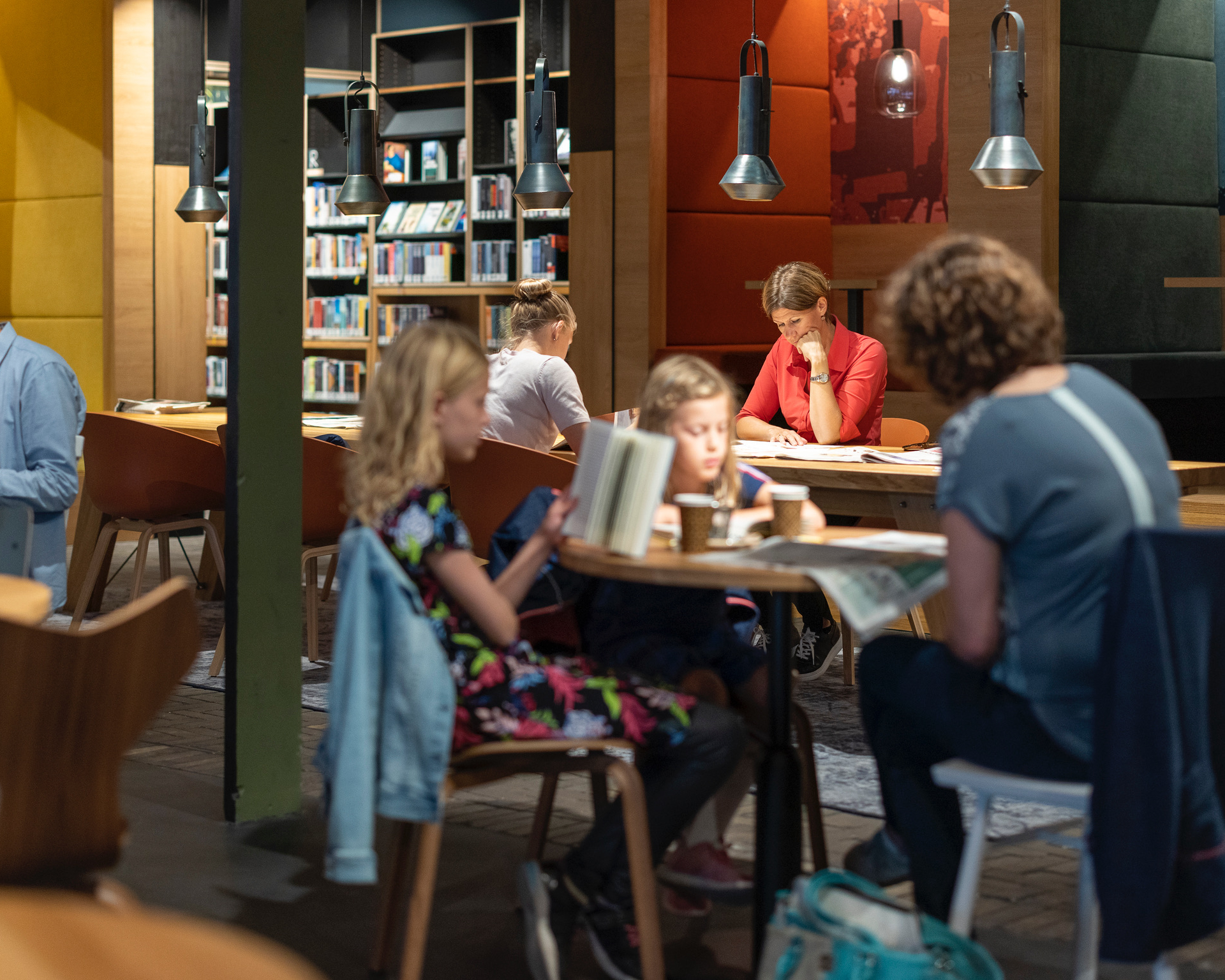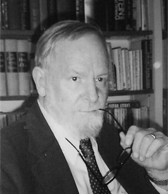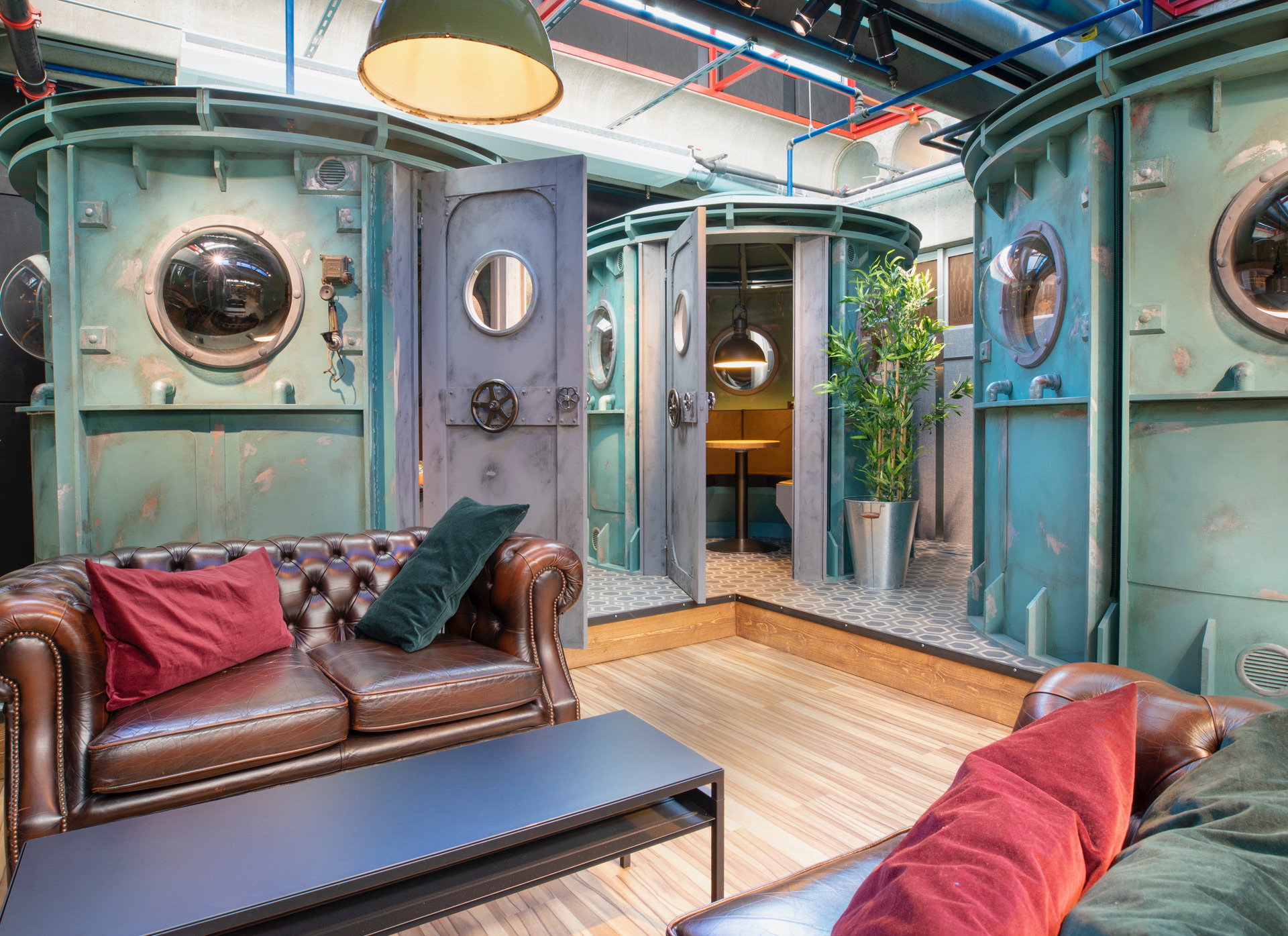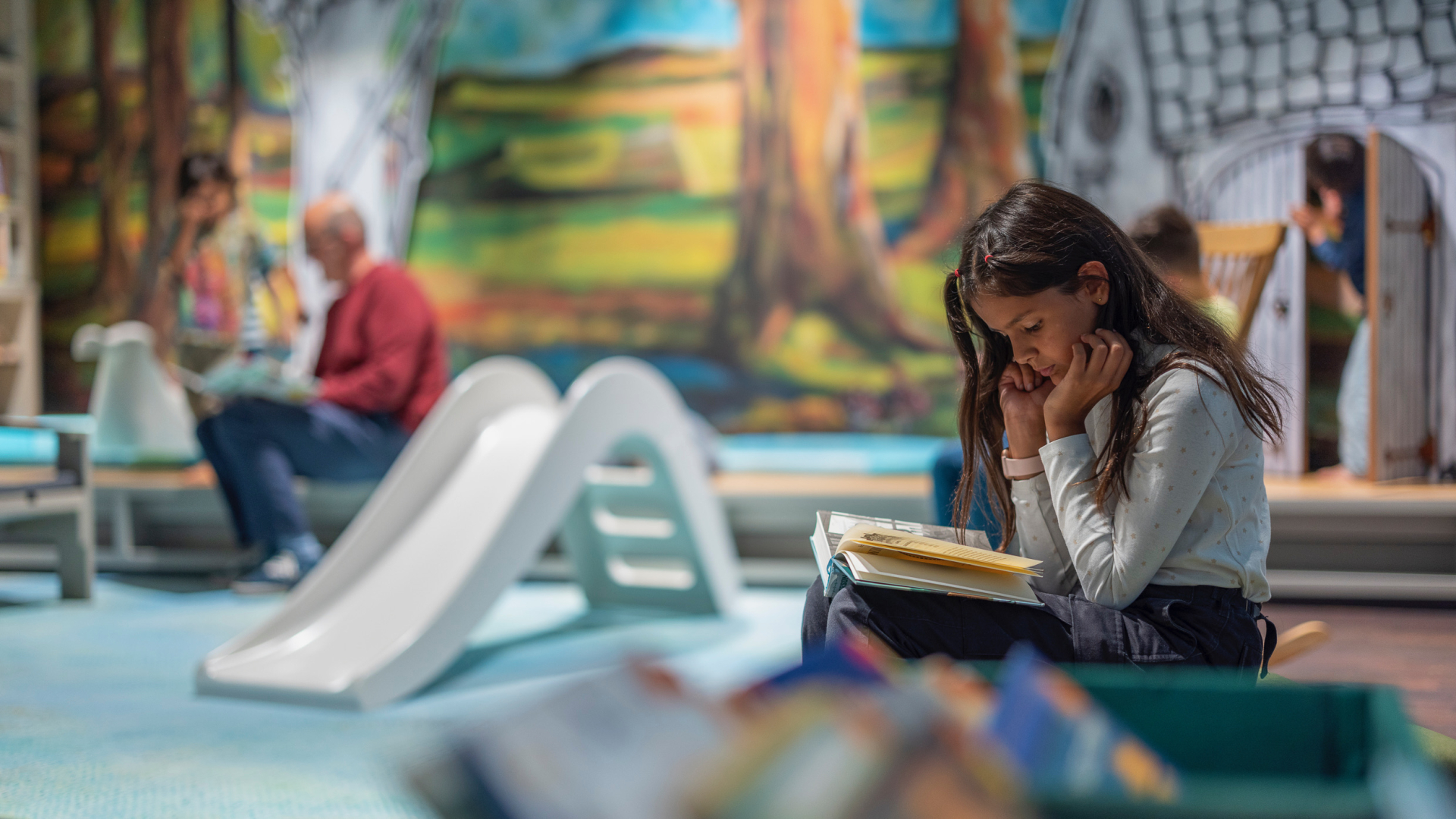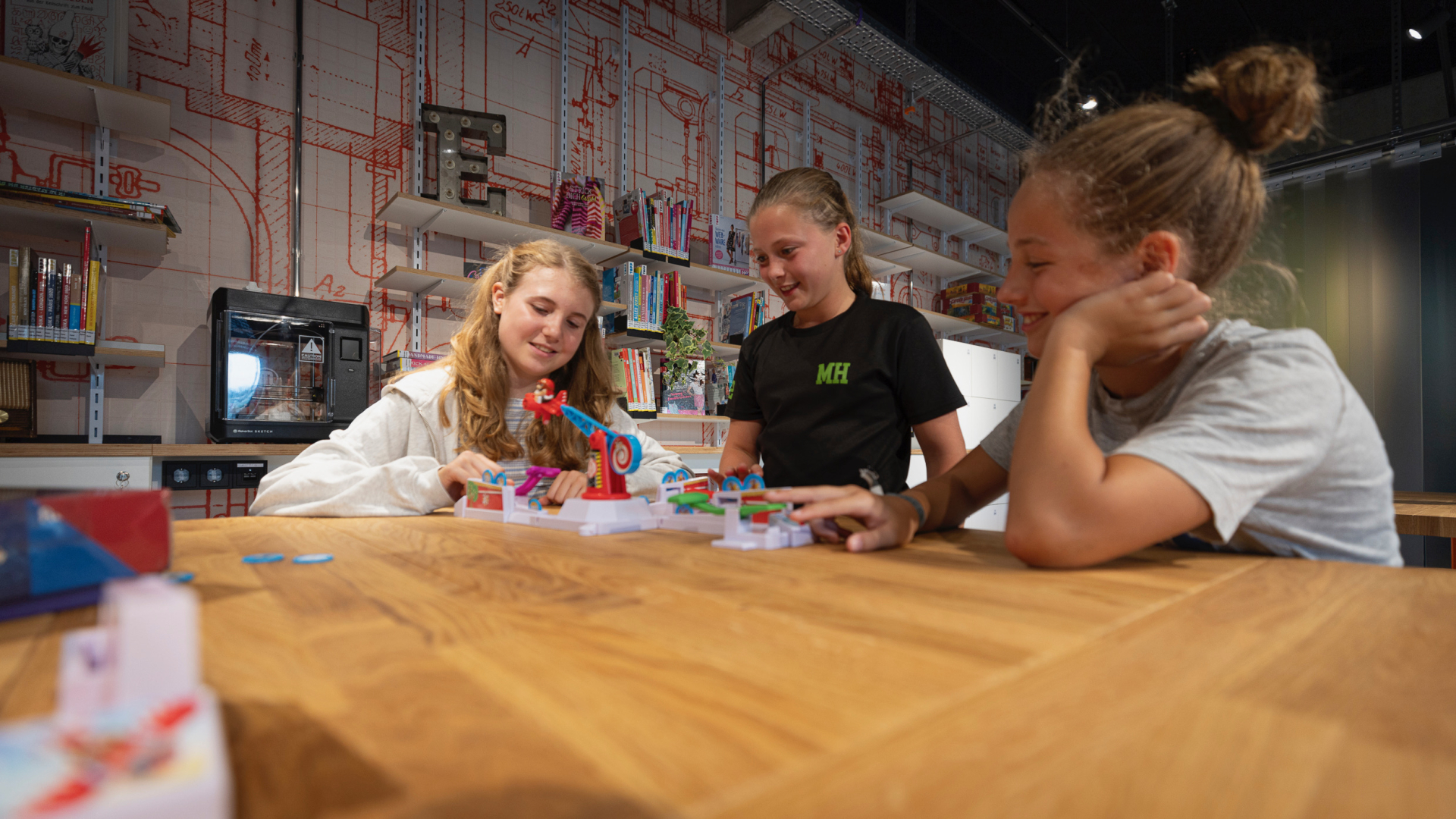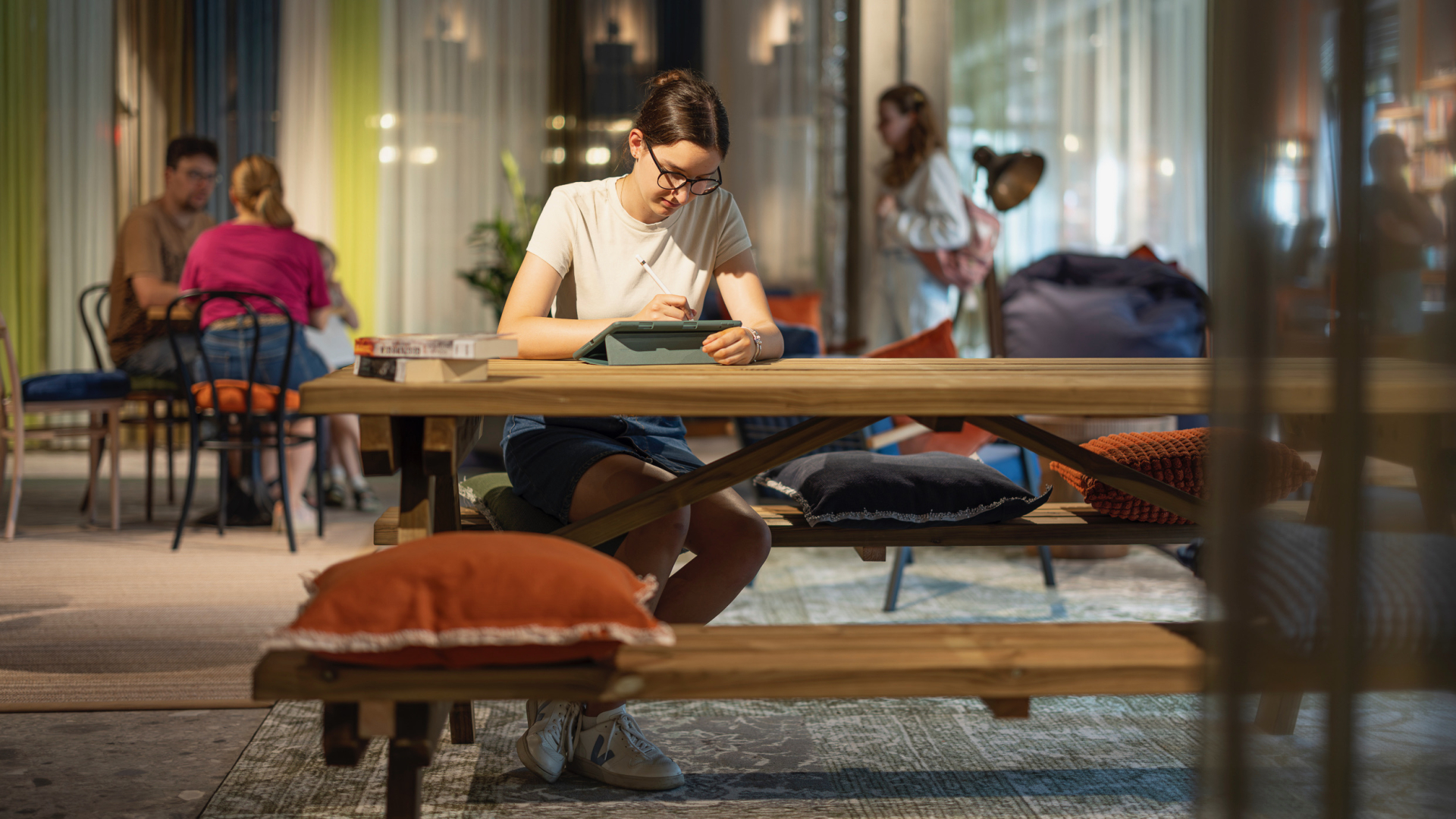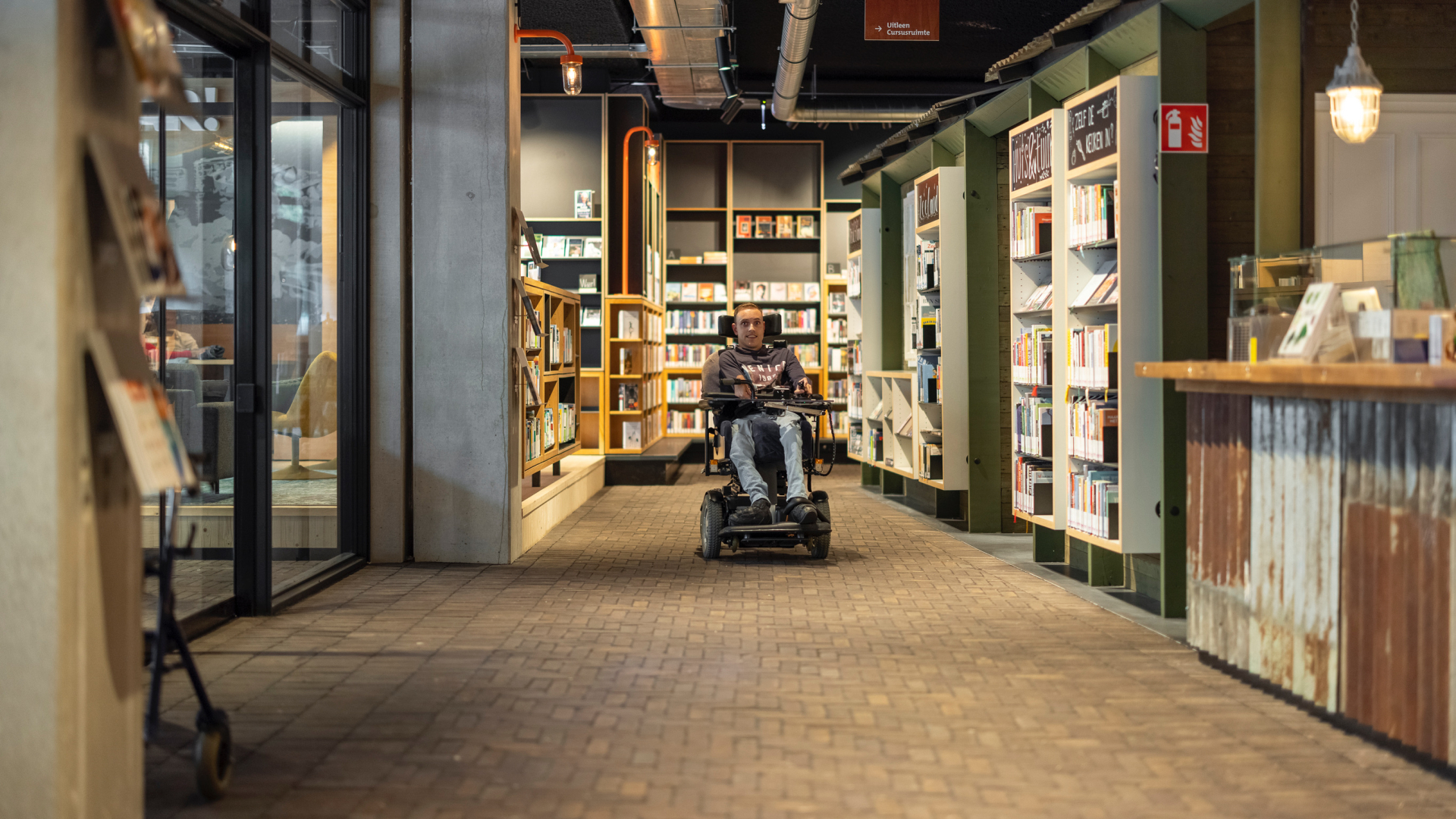Urban Living Rooms
Examples of third places include parks, squares, neighborhood and village halls, cafes, cultural centers and, last but not least, libraries. We also see transformations into hybrid workplaces and hybrid hotels. In recent years, includi contributed greatly to many libraries‘ development into meaningful third places. Whether in the role of city hall rooms or through collaborations with other local and cultural institutions, libraries fulfill an essential role for the community.
What is the common denominator of third places? Their social character: linger in leisure and surround yourself with people. Here you can meet casually with friends and family or stay individually in the presence of others. Inclusive third places are freely accessible; they do not oblige you to consume as a prerequisite to enter.
The Third Place Checklist
A third place, Oldenburg suggested, is a comfortable, community-oriented environment that feels like a home away from home. As an organization or institution, how do you become such a place where your community can flourish? Urban anthropologist and researcher Amy Goedhart explains, “At includi, we believe that a successful third place is one where everyone is welcome and comfortable.” This is in line with the work of Ray Oldenburg, who outlined a number of conditions for a third place to flourish.
Oldenburg thus argued that the place should be neutral, with no formal obligations. People should feel comfortable and free to come and go as they please. Equality should be key; you don’t necessarily have to be a member there and your social status doesn’t matter. The breezy atmosphere invites conversation and togetherness, to which regular visitors contribute positively. The space should be conveniently located and accessible. The look is simple and playful: not too formal, but a cozy place to enjoy, inviting fun and laughter.
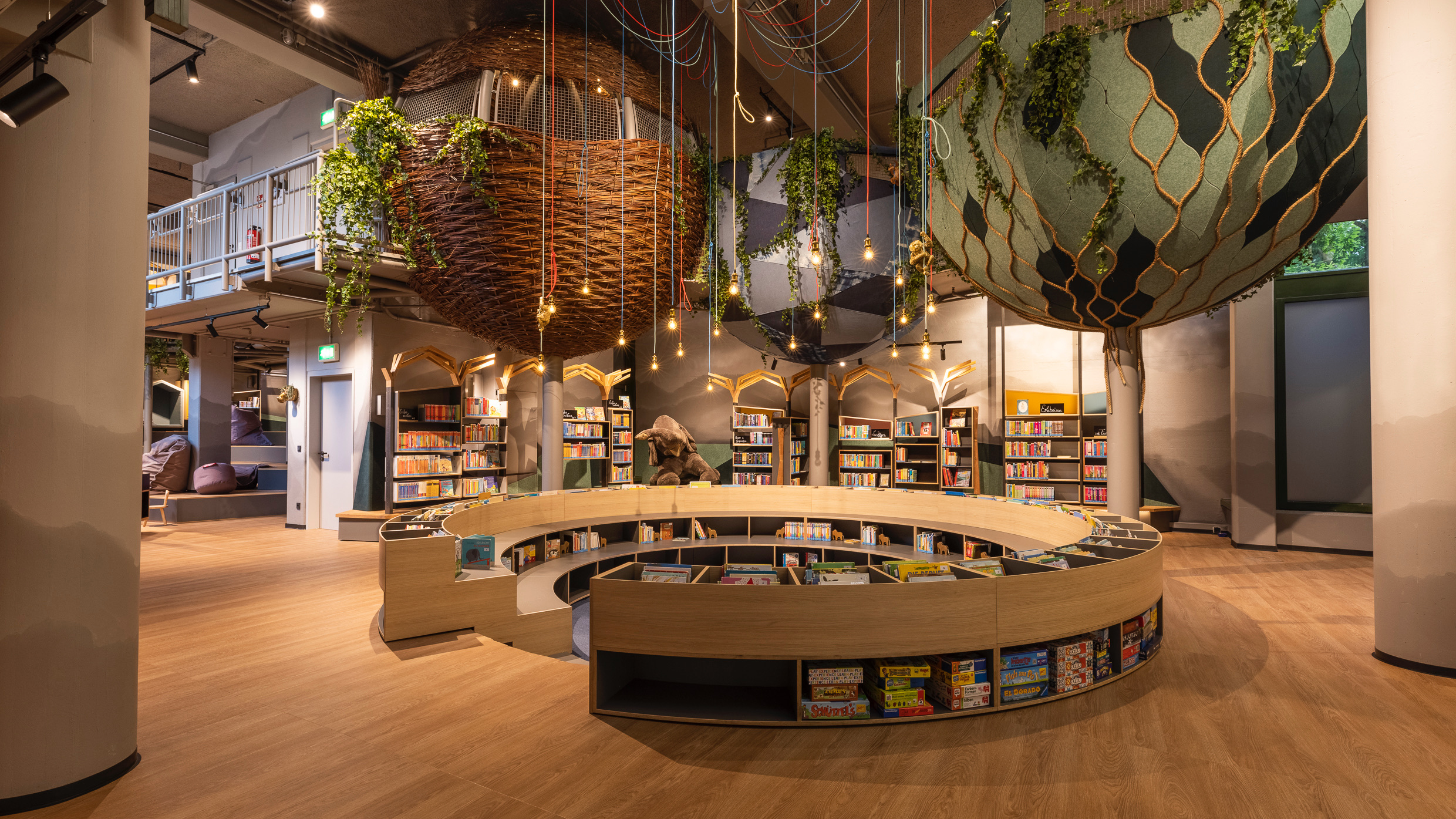
Discover our inclusive places
